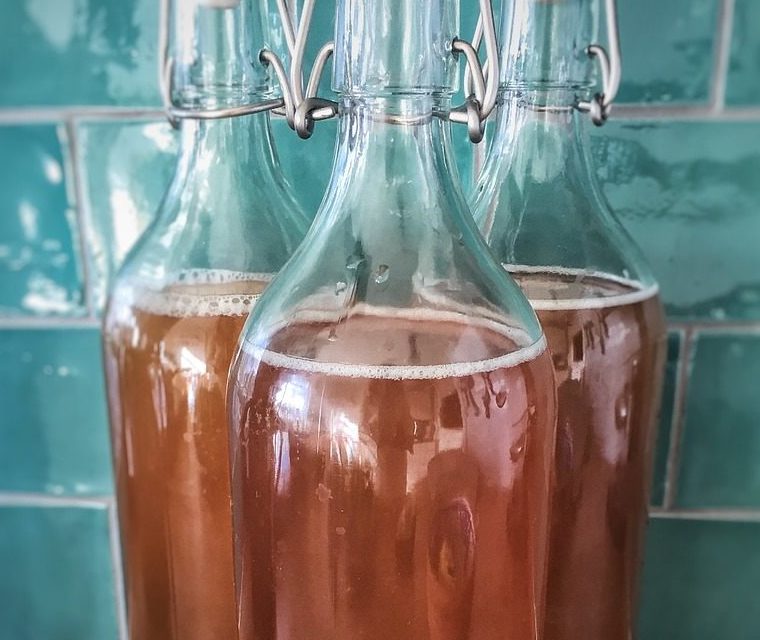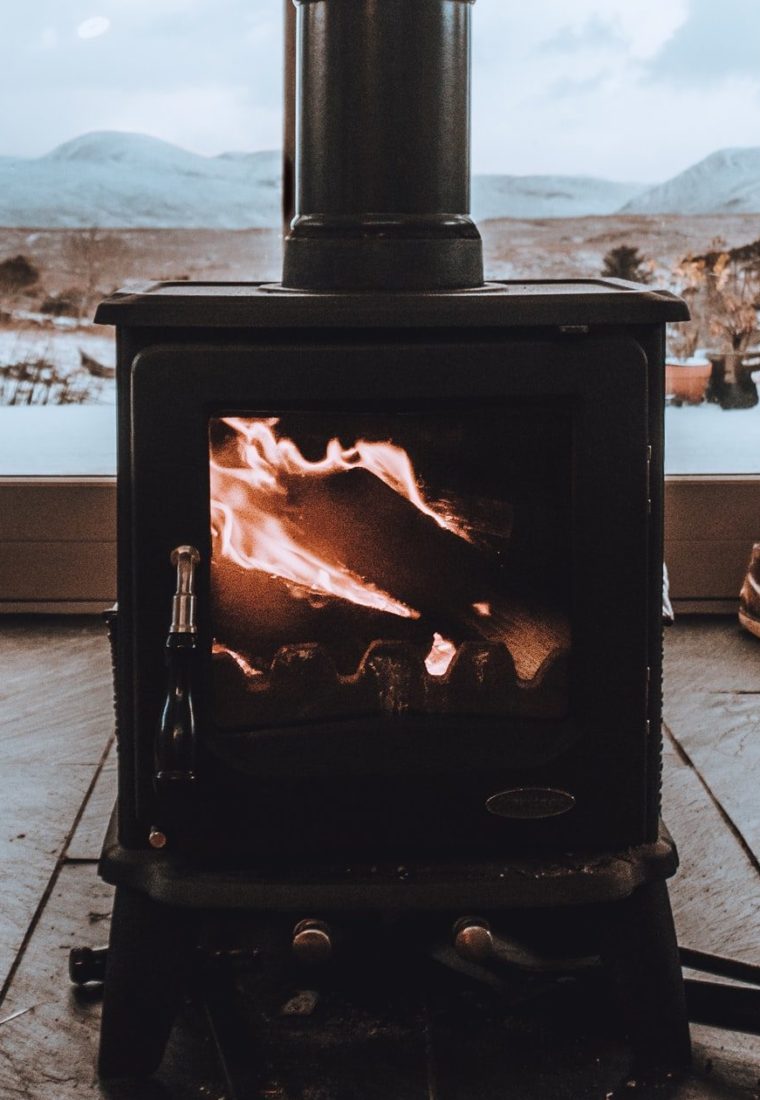The idea of curling up next to a roaring fire is very appealing. So is the notion of being able to heat your home or cook during a power outage. Wood stoves heat very efficiently, and can also make your home feel cozier. What factors should you consider when buying one? Check out how to choose the right wood-burning stove for your homestead for all you need to get started.
1. Choose a Size and Rating

The size of the wood stove is very important. The U.S. Department of Energy states that a stove rated at 60,000 BTUs is capable of heating up to 2,000 square feet, but one that is rated at 42,000 BTU will only heat a 1,300 square foot area.
To heat a 2,000 square foot home, you’ll need a firebox that’s between 2.0 and 2.5 cubic feet. One that is only 1.5 cubic feet might be better for heating a smaller home or even a cabin.
2. Consider your Floor Plan and Layout

A wood stove can better heat open spaces because there are fewer partitions blocking the warm air. Even so, you can often heat a two-story home just as efficiently as you can a single-story residence, since warm air rises.
Consider whether you will use your appliance as a primary source of heat or only for supplemental warmth. You should also decide if the stove will be used to heat only one or two rooms or your entire home. Only then will you be able to choose the right size appliance to fit your needs.
3. Decide between a Fireplace Insert and Wood Stove

There are basically two types of stoves: a fireplace insert and a freestanding wood stove. A fireplace insert is designed to fit inside an existing fireplace box. A freestanding stove, on the other hand, can be placed nearly anywhere.
Choose a fireplace insert if you would like to increase the functionality of your fireplace and reduce the amount of heat loss through your chimney. Go with a wood stove if you do not have an existing fireplace or want more flexibility as to where you can place it.
4. Compare Catalytic vs. Non-Catalytic Stoves

A catalytic stove contains a device similar to that of the catalytic converter found in your car. Accordingly, catalytic stoves produce fewer emissions than their non-catalytic cousins.
The Department of Energy also reports that a catalytic stove or insert can have a Higher Heating Value (HHV) of up to 83%. At the same time, they work most efficiently when they have a fire burning at “full throttle.” This means you may not achieve the same efficiency if you only burn small fires. A catalytic stove will also contain more mechanical parts that will eventually need to be replaced.
5. Compare Pellet Fuel vs. Wood

Stoves may burn either firewood or wood pellets. Some pellet stoves may even burn other types of organic waste such as corn or cherry pits.
Both pellets and firewood will provide you with amazing warmth. Nonetheless, a pellet stove is often less expensive than a wood-burning appliance, and can sometimes be directly vented when there is no chimney or flue. Consequently, you could save quite a bit of money on installation.
With a pellet stove, you will need to purchase bags of pellets at a farm or hardware store. During a winter storm, stores often run out of wood pellets, making them extremely difficult to find. So you may need to lay in a supply of them ahead of time if you decide to go this route.
Another option would be to install a wood stove but purchase an optional pellet basket. In this way, you can switch between burning regular firewood and wood pellets as needed.
As you can see, there are plenty of things to consider when purchasing a wood stove that will ensure you are well prepared for anything. Keep the above tips for how to choose the right wood-burning stove for your homestead in mind in order to simplify the process.
Don’t miss these tips to keep your wood fire burning longer.













